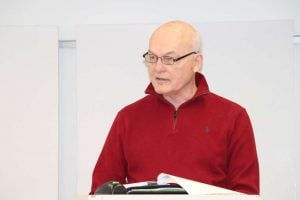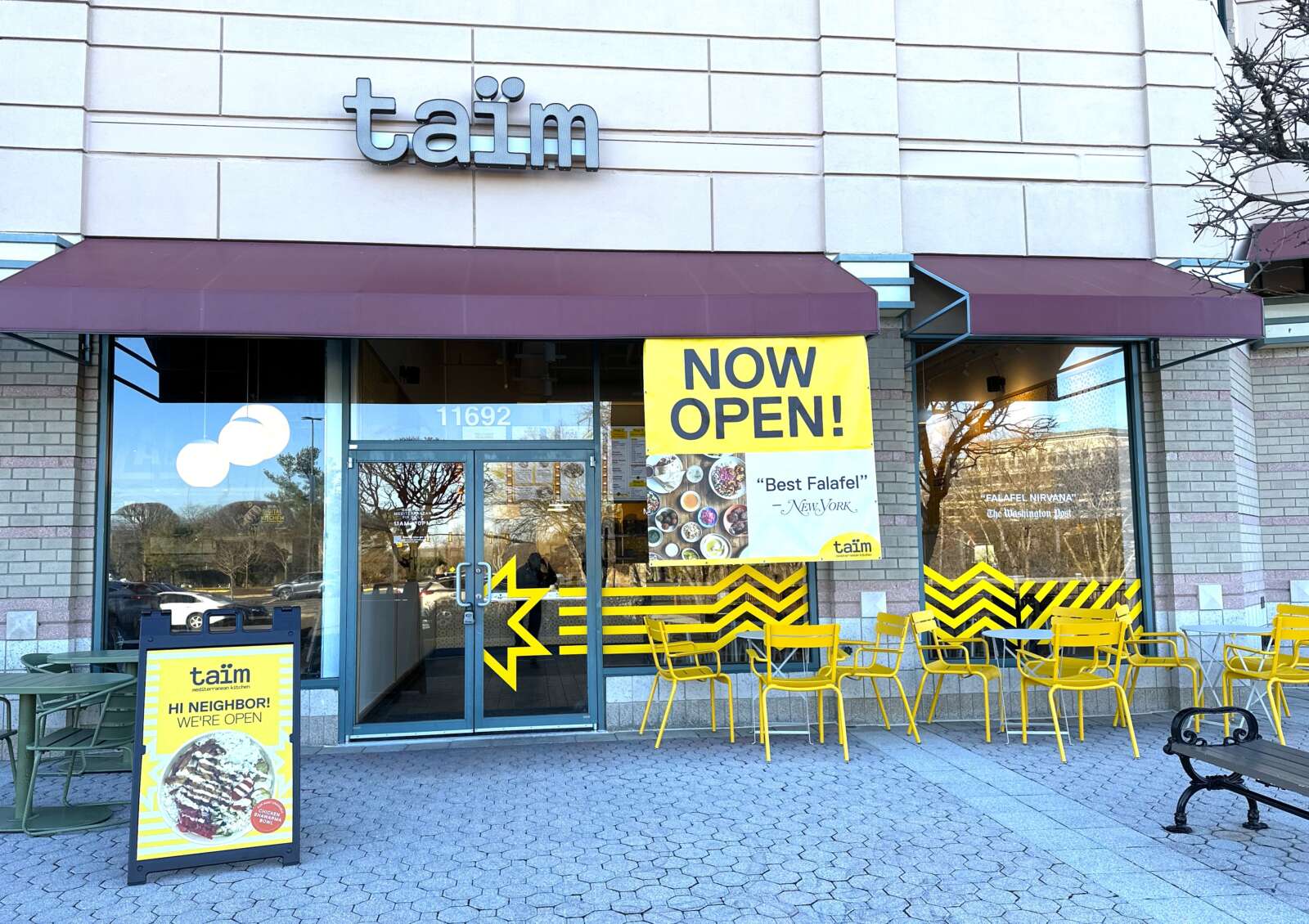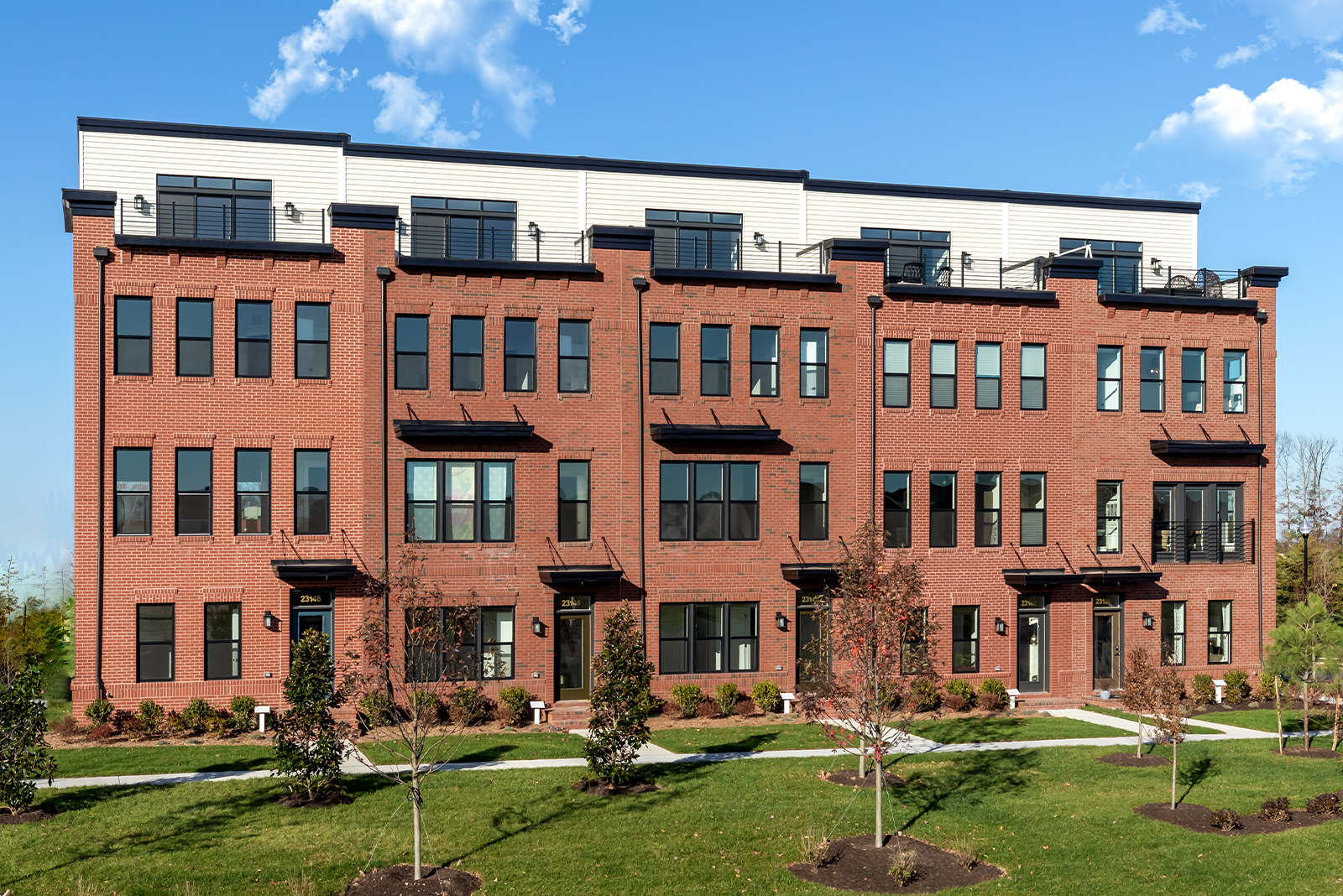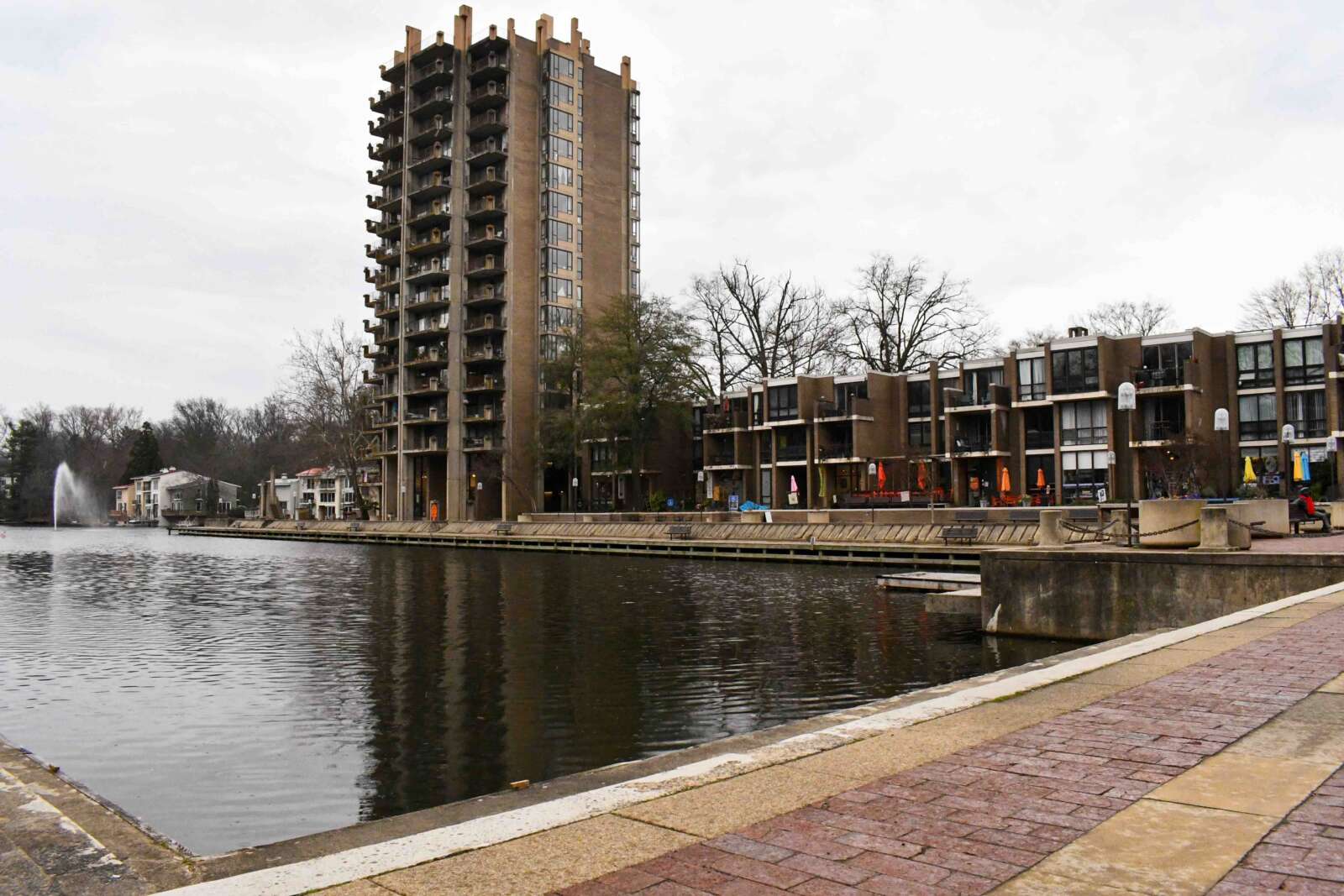 This is an op/ed submitted by Terry Maynard, co-chair of the Reston 20/20 committee. It does not reflect the opinions of Reston Now.
This is an op/ed submitted by Terry Maynard, co-chair of the Reston 20/20 committee. It does not reflect the opinions of Reston Now.
Reston’s population is a key factor in the County’s high-speed drive to raise the density limits in our Planned Residential Community (PRC) zoning ordinance from 13 to 16 persons per acre across Reston to accommodate growth laid out in the new Reston Master Plan. It argues that Reston is at 12 persons per acre right now, including existing and approved development and we need to create more headroom for growth. Specifically, its “calculated estimate” of Reston PRC population, including approved plans but excluding affordable dwelling units, is 74,192 people.
Not even close on Reston’s current population — including the non-PRC areas of Reston.
The Past
The County was even badly wrong back in 2006 when it adjusted the zoning ordinance household factors — the average number of people living in each type of housing (single-family, townhomes, multi-family — garden and elevator). At that time it put Reston’s “calculated” PRC population at 64,227, roughly 10,000 fewer people than it calculates today.
Then reality set in.
In 2010, the US Census put Reston’s population at 58,404 in 25,304 occupied dwelling units, including such non-PRC areas as Deepwood and much of the Reston station area corridor. That’s a population density of 9.4 persons per acre of Reston PRC, nearly 40 percent below the current density limit of 13 persons per acre –hardly a driver for raising the overall population density ceiling.
The Present
The American Community Survey, the US Census’ official mid-decade estimate of population and other data, then put Reston’s population at 60,112 in 2015. Other unofficial sources tend to have even lower estimates of Reston’s population.
So why is the County claiming the much larger “population calculation” of 74,192 people in the PRC, which is most, but not all, of Reston?
The key reason is that the County includes the population of developments that have been approved, but not yet built. In fact, many approved proposals have been on the books for a decade or more, including Colts Neck independent living (former Hunters Woods United Christian Parish now under construction), Reston Excelsior Oracle and Boston Properties Property #16 (under construction).
Spectrum Center is a major example. The Board gave final approval to this redevelopment in January 2013, but the developer — Lerner Enterprises — said then that redevelopment may not take place for many years, even decades. Indeed, the strip mall from Staples to Not Your Average Joe’s is still operating at capacity. Among other features, the redeveloped Spectrum Center is approved to include more than 1,400 dwelling units (almost 3,000 people).
The Future
So while we can say with some confidence that Reston’s actual overall population now is about 57,000-63,000, where would the Reston Master Plan, the proposed PRC zoning ordinance, and the other zoning ordinances that cover most of Reston’s station areas take Reston’s population?
The County’s “maximum buildout estimate” for the PRC under its proposed zoning amendment is 102,819 people in the Reston PRC decades in the future. By the County’s calculation, that is achieved by adding 21,489 dwelling units (about 45,000 people) to the Reston PRC.
For the most part, the portion of Town Center station area south of the toll road and the remainder of Reston’s station areas are not governed by PRC zoning. They are generally governed by the PDC or PRM zoning ordinances, both of which had major increases in allowable residential and commercial density approved last year by the Board of Supervisors. They will not constrain development at all.
But how much residential development does the County anticipate will occur in these non-PRC areas of the corridor as a result of these zoning ordinances and the Reston Master Plan?
A February 22, 2016, County staff briefing points to the Reston plan permitting the addition of 38,140 dwelling units to the 2010 total of 5,860 DUs across all Reston’s station areas, including the Town Center PRC. Assuming that 85 percent of the PRC development occurs in the Town Center station area as stated by the County (10 percent in the village centers, 5 percent elsewhere), that means the remaining station area residential growth has the authority to add 19,900 dwelling units, a potential addition of 41,700 residents there.
Putting together the County’s projection for future Reston PRC population (102,819), future Reston station area population growth beyond the PRC (41,700), and including the balance of the Reston CDP not in either of the above (roughly 1,000 people), Reston’s total buildout population capacity potential would reach 145,500 people under the proposed zoning ordinance and the overall Reston plan. That’s nearly two and one-half times our current population.
Zoning’s Residential Impact
Do we need that much additional residential capacity?
Not by any stretch of the imagination. County population has grown about one and one-quarter percent per year since 1990 and less than one percent per year since 2000. The slow growth is partly because the County already has so many people and adding a few thousand in a year has little impact. The other key reason is the reduced level of federal employment and contract growth despite the post-9/11 surge and the 2010 economic stimulus. Still, the County forecasts a 0.7 percent per year growth rate for itself over the next three decades, which we assume will extend to four decades.
Over the same quarter century historic timeframe, Reston’s population has grown 0.9 percent per year and a slightly smaller 0.8 percent over the last decade and a half. With Metrorail positioning Reston to be one of the growth hot spots in the County, we can reasonably expect a robust growth rate in our community of one and a quarter percent per year — more than half again as high as the County as a whole. Even at that high growth rate, Reston’s total population is unlikely to reach 99,000 over the next four decades.
Looking at this through the narrower lens of the proposed Reston PRC zoning change shows how preposterous the County’s proposal is in the face of this growth estimate. Using a current Reston total population range around the Census estimate of about 57,000-63,000 people, we estimate about 95 percent of Reston’s current population is in the Reston PRC zoned area. That’s about 54,000-57,000 people now within the Reston PRC — the vast majority in our suburban neighborhoods.
Assuming that Reston’s PRC growth share remains constant with total growth (mostly the rest of the station areas), Reston’s PRC population growth over the next four decades is likely to be about 20,000 people, not the 40,000 increase projected by the County. That’s about 82,000 people, 20,000 short of the County’s forecast for the PRC.
Even under the most favorable of growth circumstances, the preceding suggests it will take a half-century for the Reston PRC to reach the population density cap proposed by the County. What is equally clear is that the bulk of residential development will be in the non-PRC Reston station areas that already tolerate high residential and other growth.
So what’s the County’s rush to increase the population cap on the Reston PRC now?
This question is especially pertinent since the County has done virtually nothing about providing the infrastructure and amenities required to meet that population in Reston. We are talking about transportation; schools; parks, recreation and open spaces; police, fire and emergency services; a major public library; a performing arts center at a Metro station; and environmental impacts including air, storm water and noise.
Also, the proposed zoning amendment and specifics with the Reston Master Plan totally ignore Reston’s vision and planning principles as laid out in the plan. This includes providing architectural excellence, sustainability and green technology, infrastructure phased with development(!), strengthening connectivity and mobility; and high quality public open spaces. To date, in the rush to build along the corridor, all of these principles have been ignored by developers and the County despite zoning requirements that development must adhere to the Reston plan.
So, if you care about Reston’s future development, its size, its character, its impact and other considerations, please be sure to attend the third and final community-focused meeting on the proposed Reston PRC zoning amendment Wednesday at 7 p.m. at Lake Anne Elementary School. Listen to the County presentation, ask questions, and tell them what you think about the proposal and their abysmal failure, so far, to consider any of the implications for our community of their proposed actions.
Terry Maynard, Co-Chair
Reston 20/20 Committee





